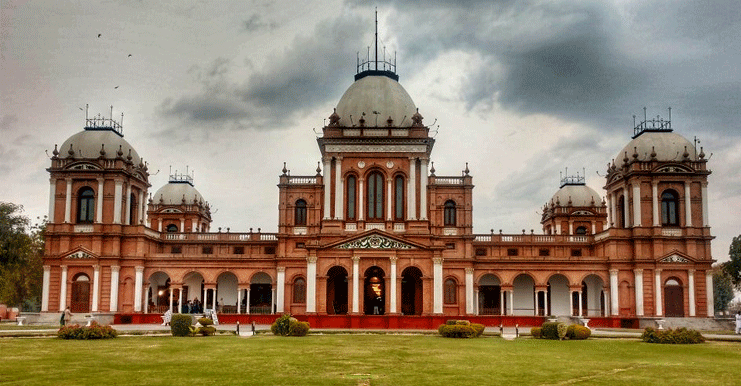The name “colonialism” is enough to convey power and dominance. When a country has been conquered and dominated by another nation in the past for a long time, the culture, language and architecture gets heavily influenced and that is demonstrated through their architecture in the region.
The colonial architectural style was developed by fusing some local architectural components with the architectural styles of the colonizing nation. The colonial style of architecture has an important role in Pakistani architectural history and it is not a surprise that the impact of the British rule is evident form these colonial buildings.
British India, which was ruled by the British for more than a century before attaining independence in 1947, included the state of Pakistan as part of its territory. The subcontinent underwent significant transformation under British rule, including the introduction of modern architecture.
At that time, a large number of public, administrative, and educational buildings were built. The introduction of European architectural principles to the subcontinent came with the foundation of the British Raj. The construction of the buildings combined Indo-Islamic architectural features with western architectural styles like baroque, gothic, and neoclassical.
Geometry, calligraphy, and kari-kash from Indo-Islamic art coexisted with Victorian and neoclassical components like columns and towers in colonial architecture. To make the colonial incarnation mix with the local setting as a continuation of the historic Mughal Empire, local components were included. Often referred to as Indo-Saracenic or Mughal Gothic, this architectural style.
When Pakistan gained independence from the British Raj 75 years ago. Colonial structures are easily spotted in big and well-known cities of the country like Lahore, Karachi, Rawalpindi, Murree, Multan, and others.
These structures have withstood the test of time and serve as living memorials to the illustrious history of British imperialism in the subcontinent. These structures’ captivating beauty is a testament to the best architects working during this time in our history.
Let’s go down memory lane and look up to some of the colonial structures in the country.
Frere Hall, Karachi
In Karachi, Frere Hall is a magnificent example of colonial architecture. The old building is an example of colonial-era British imperialism.
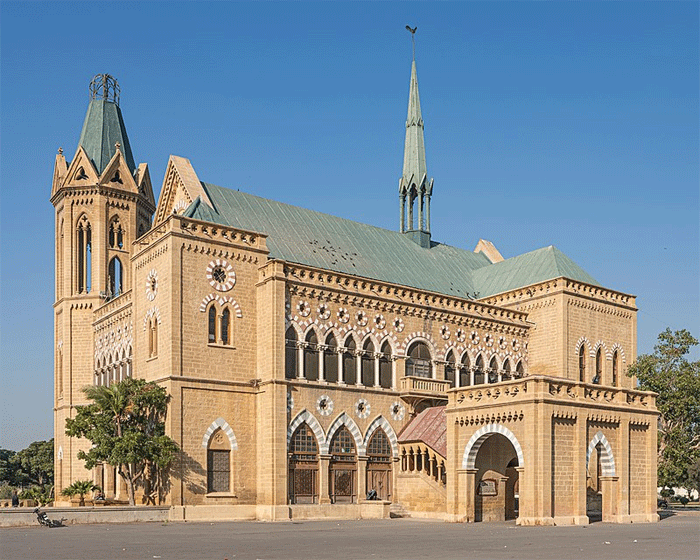
In honor of Henry Bartle Edward Frere, who made a substantial contribution to Karachi’s economic growth, Frere Hall was built in 1865. Originally constructed as Karachi’s town hall, it now functions as a gallery and library.
Henry Saint Clair Wilkins, a well-known British army architect, created this Venetian-Gothic building. The hall’s design has numerous flying buttresses, quatrefoils, ribbed vaults, and pointed arches that are typical of British architecture.
Mosaics and relief sculptures cover the building’s walls and columns. Yellowish limestone from Rajasthan and the Thar was used to build the Hall. In the design, grey and red sandstone from the Sindhi town of Jungshahi is also used sparingly.
The surrounding, verdant gardens are a perfect match for the Venetian architecture. Originally, they were referred to as King’s and Queen’s Lawn. However, they were renamed Bagh-e-Jinnah or Jinnah Gardens upon the country’s independence.
Lahore Museum, Lahore
The Lahore Museum is a grand colonial structure made of red brick. The museum, which is in Lahore’s Mall Road, was created by Sir Ganga Ram. The building’s façade has been developed with a sturdy, aesthetically pleasing design that will last for many years. The structure is covered with an abundance of beautiful red sand, stone latticework, tiny balconies, and domes.
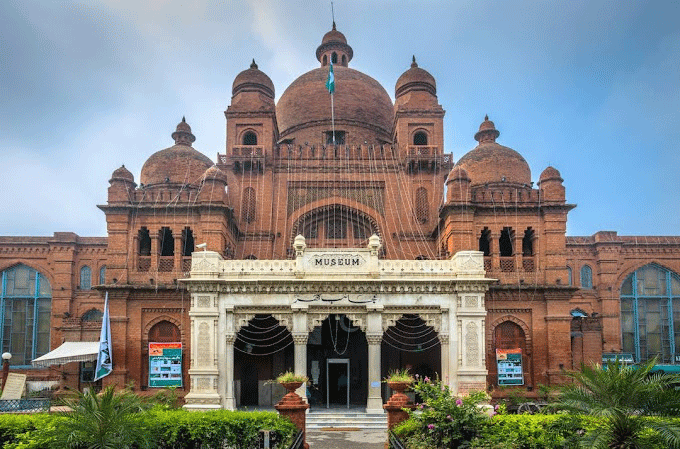
The museum was originally built at the present day Tollinton Market back in 1865-66. But the new building was built at the current location as a memorial to the Queen Victoria’s Golden Jubilee. The construction was financed through a public fundraiser.
On February 3, 1890, Prince Albert Victor, the grandson of Queen Victoria, laid the cornerstone for the museum. Sir Ganga Ram, one of the best architects in Lahore, created the museum’s current structure in the syncretic Indo-Saracenic renaissance architectural style. The museum objects were moved to their current structure upon the construction of the new building.
GCU – Government College University, Lahore
A noteworthy colonial structure in Lahore is Government College University. The British Raj founded it in 1877 as Government College, and in 2002 it was given university status.
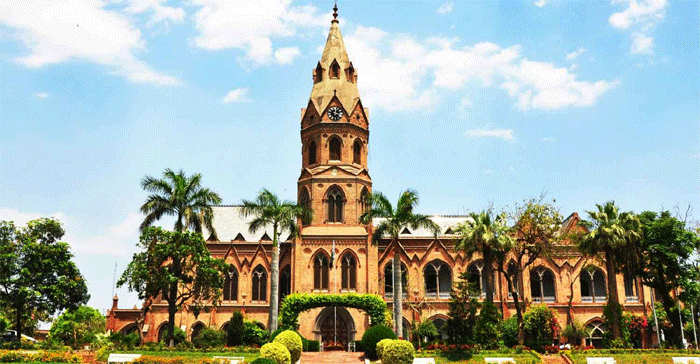
Executive Engineer Kannhaiya Lal oversaw the construction of the spectacular structure under the direction of Superintendent Engineer W. Purdon. Black Chiniot stone was used sparingly while Lahori brick was used throughout the construction.
The outstanding feature of the neo-gothic-styled edifice is an octagonal clock tower that is 176′ tall. The edifice has many pointed arches in the gothic style.
Chief Minister House, Murree
The enchanting English Mansion promises to recount the days of British colonialism. Visitors are welcomed by the building’s brick flooring, which continues into the veranda’s white marbled flooring. The structure exhibits traditional British architectural elements, such as a pitched wooden roof supported by small (6-inch) wooden columns.

Wrapping Up Colonial Architecture Of Pakistan
Throughout the British Raj on the subcontinent, these structures tell the tales of their illustrious past. Several works of art are in danger of falling apart or are already in danger.
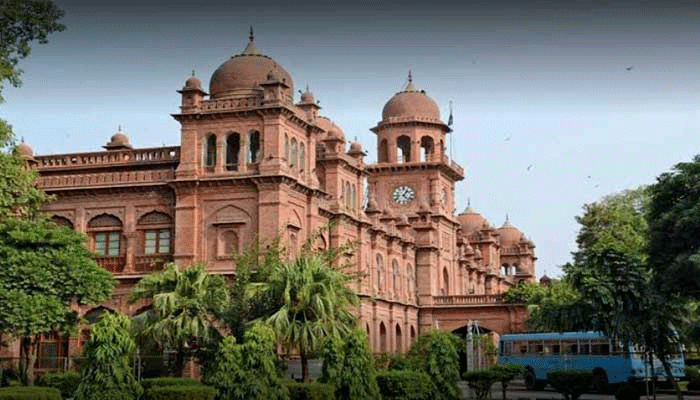
The colonial structures have endured the passage of time amidst new building methods and contemporary architectural styles, and their legacy is still frequently seen by their state of neglect. Because these buildings serve as reminders of our nation’s rich history, we should focus on protecting these heritage sites.
Also Read: Scandinavian Décor: A Nordic-Inspired Interior Design Guide

